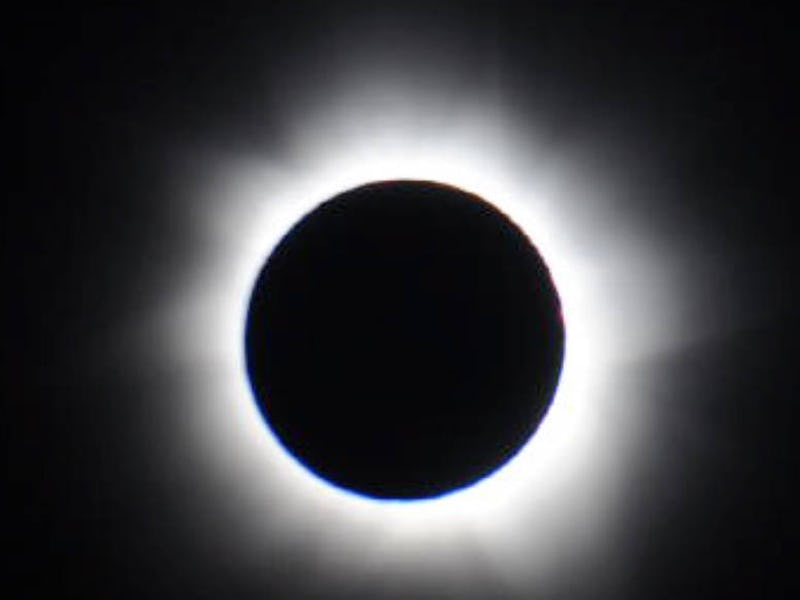The last time a total solar eclipse swung by the United States, the country was mired in the Cold War, Jimmy Carter was president, and The Knack’s “My Sharona” ruled the airwaves. That eclipse just razed the northwest part of the nation, traveling from Oregon through the tip of North Dakota before moving into Canada.
That was nearly 40 years ago, on February 26, 1979. This summer, on August 21, we’ve got a chance to view a real rarity, even among total solar eclipses — one that cuts across the entire country in a narrow, 70-mile wide path. For some inside the path of totality, however, the event might be a cryptic and unsettling experience, much like it was for author Annie Dillard. Dillard witnessed the onset of midday darkness from central Washington, and documented her account in a personal essay, entitled Total Eclipse.
“I heard screams,” wrote Dillard.
The screaming came from hills in the distance, she recalled, and began when the moon completely obstructed the sun:
The sky snapped over the sun like a lens cover. The hatch in the brain slammed. Abruptly it was dark night, on the land and in the sky. In the night sky was a tiny ring of light. The hole where the sun belongs is very small.
Although Dillard herself didn’t scream during the 1979 eclipse, like the folks nearby in the hills, the sudden darkness unsettled her, and she could understand why some were shaken, and took to screaming.
It materialized out of thin air — black, and flat, and sliding, outlined in flame. Seeing this black body was like seeing a mushroom cloud. The heart screeched. The meaning of the sight overwhelmed its fascination. It obliterated meaning itself.
The path of the total solar eclipse on February 26, 1979. The black dot marks the path of totality, whereas the shaded portion shows where the partial solar eclipse was visible.
The total darkness — the complete covering of the moon — can incite a harrowing experience, explains Dillard. But if one is standing outside the path of totality, the experience, while meaningful, likely won’t have the same poignant effect. Those standing outside the path will experience a partial eclipse on August 21, in which the moon blocks out a portion of the sun, but does not darken the skies — and incite screams.
For some, the last total solar eclipse was frightening. But in the wise words of astronomer Jay Pasachoff, “Before you die, you owe it to yourself to experience a total solar eclipse.”
See Also: How to find the time of the Total Solar Eclipse with your zip code
